Tested: Beta’s 2020 Enduro Range
Since it was founded in 1905, Beta has been best known for its title-winning trials bikes. The family-owned Italian manufacturer did produce a few off-road models in 1970, but it wasn’t until 2006 that Beta re-entered the off-road market and started producing enduro models in earnest. And ever since, Beta enduro-bike story has been one of steady, purposeful progression. After using KTM powerplants from 2006 through 2009, Beta brought engine production in-house in 2010, launched a 350cc four-stroke in 2011, added 250cc and 300cc two-stroke models to the range in 2013, and introduced an oil injection system and EFI to their two- and four-stroke models, respectively, in 2016. Then, in 2018 and 2019, they added an RR125 and RR200 to their two-stroke range. Meanwhile, since 2016 – in the hands of Brits, Steve Holcombe and Brad Freeman – Beta has claimed a bunch of class and Outright EnduroGP World Championships. All of which is why the brand has increasingly found its way onto trail and enduro riders’ radars in recent years.
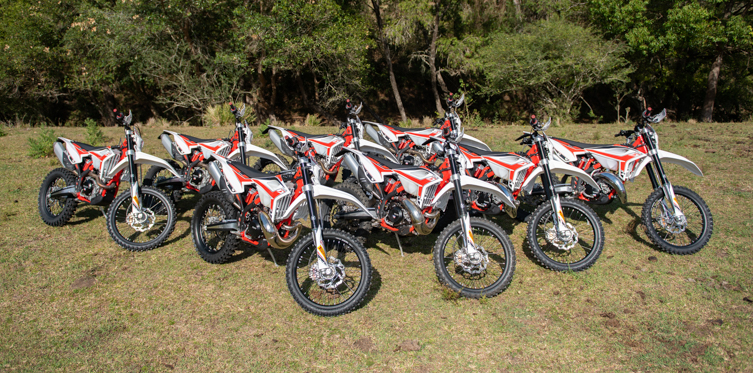
For 2020, all eight models in Beta’s enduro bike range are completely overhauled specimens, with sweeping changes to engines, chassis, suspension and bodywork. But are these 2020 RR models genuinely new-generation? What’s their component spec like? How do they perform? What are they like to work on? And what do they cost? Having now tested all eight 2020 models at the recent Australian media launch, we can answer those questions, and more…
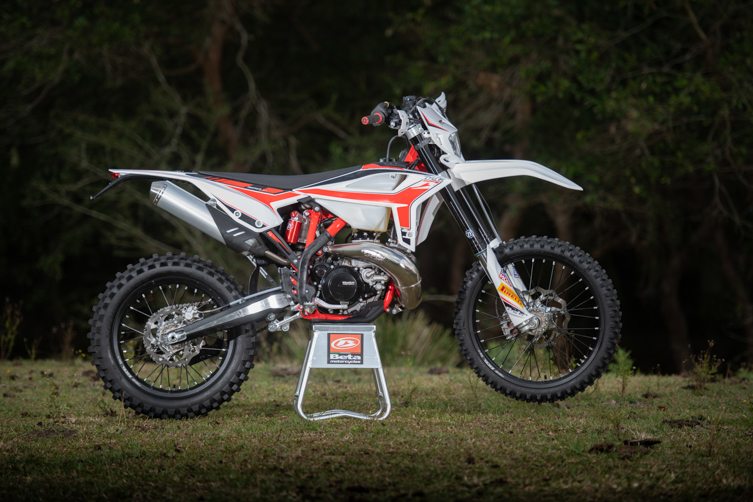
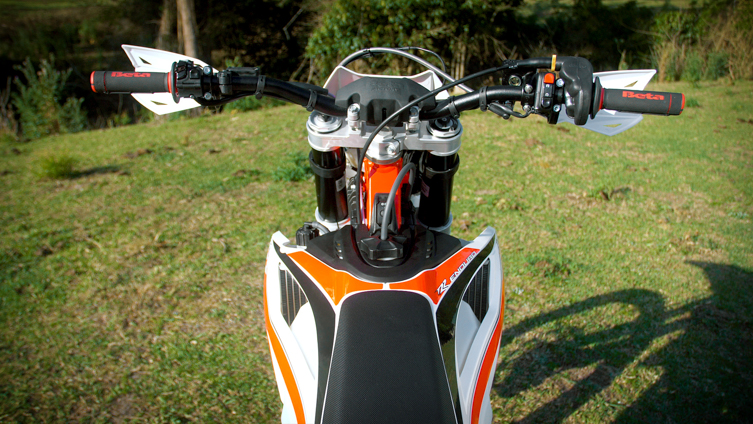
What first strikes you about the 2020 range?
The 2020 machines sure look different to their predecessors. And according to the Italian factory, 85% of their parts are new. The most obvious change is the all-new look, shape and lines of the bodywork. But it’s clear that lots of work has also been done to the entire cockpit’s rider interface – the plastics, the seat and the fuel tank, and the position of the pegs and handlebars. The 2020 bodywork is visibly more streamlined, meaning there’s nothing to snag your boots (or balls!) on when moving around in the saddle. The all-new seat (and its flusher junction with the fuel tank) makes it’s easier to get forward to load the front wheel and ride the things more aggressively. The new Reikon bars are noticeably lower/flatter for 2020 – they’re more of a MX bend and great for flat turns, but taller guys will probably look to fit raisers and/or taller bars to give them that strong triangulated feel when standing. The fuel tank on both the two- and four-stroke models get a radically different shape for 2020, plus they gain a litre in capacity without affecting the cockpit’s girth. And once you take the seat and tank off, it becomes apparent just how different the 2020 frame is (its backbone now has a pronounced arch, rather than being straight between the steering head and upper shock mount). The frame is also 20mm narrower at the footpegs, which is noticeable as soon as you sit on the bike, and clamed to be 15% torsionally stiffer in a bid to improve steering accuracy and high-speed stability. On top of that, the trick new composite plastic subframe integrates the airbox, electrical components, and the rear guard plastics and grab-handles much more neatly than its predecessors did, plus the cooling system’s hoses are now routed through the frame, not around it. In other words, even visually, not much hasn’t changed for 2020.
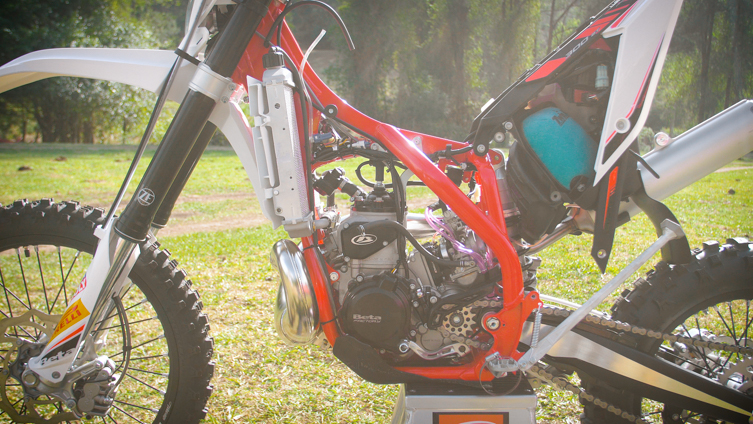
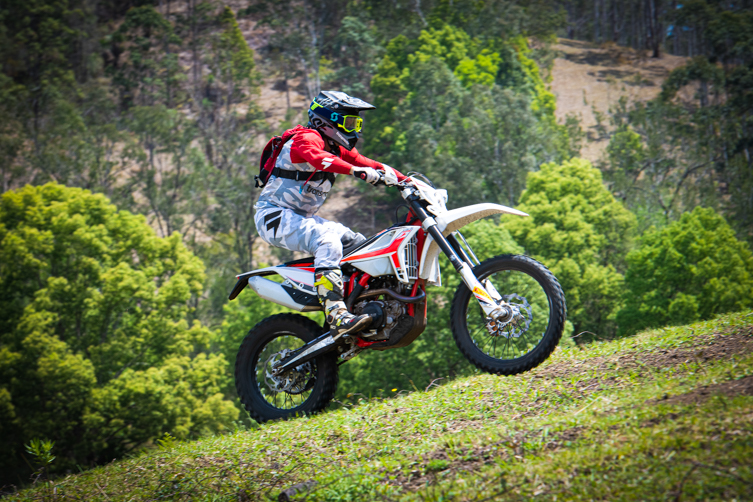
Which models receive the biggest changes for 2020? And do all eight deserve a “new-generation” tag?
As all eight models get the new chassis and ergos, and updates to suspension for 2020, it’s no stretch to call them all ‘new-generation’. But it’s the four-strokes that steal the show because, in addition to the sweeping changes to rolling chassis and bodywork, all four four-stroke models – the 350, 390, 430 and 480 – also get a frame geometry tweak and new engines for 2020. And when we say new, we’re talking completely new DOHC engines whose crankshaft and clutch have both been relocated something like 20mm (back and up) to centralise these critical rotating masses. In engine design terms, a 3mm change to the position of crank and clutch shafts is major, so that’ll give you an idea of how significant these 20mm changes represents. The objective is to reduce the impact of the engine’s gyroscopic forces on handling, which means less rider input to turn the bike or flick it from side to side. In other words, a sweeter, more neutral-handling machine. And there’s no doubt these 2020 four-stroke engines – in addition to being more powerful, responsive and torquey – have paid big handling dividends. Not only that, the steering head angle on the 2020 four-stroke models is 1º steeper. This, along with a 9mm longer swingarm, is designed to offset the rearward weight shift created by the new engines’ configuration, and ensure steering accuracy is maintained without compromising high-speed stability.
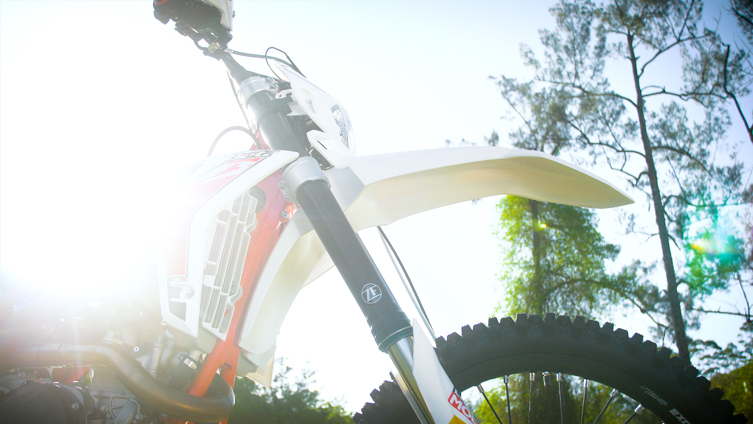
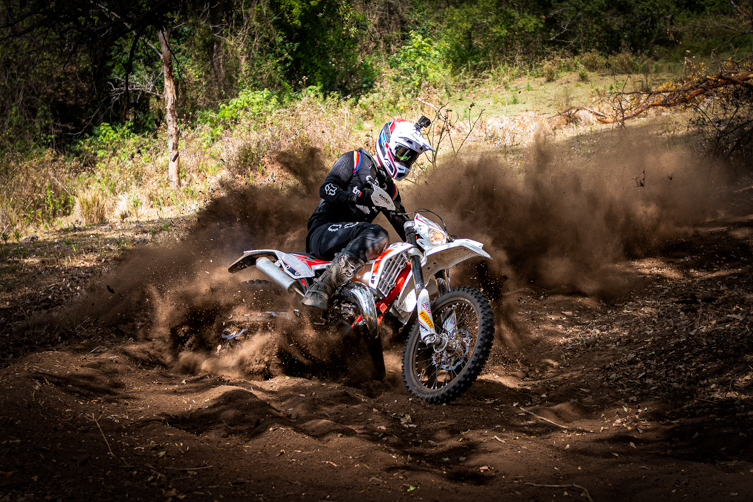
So the 2020 two-strokes aren’t that new?
No, we’re not saying that. We’re just making the point that Beta’s 2020 two-strokes have been overshadowed by the radically new four-strokes that spearhead the 2020 range. After all, the 125 two-stroke does get a much updated engine (including new crankcases) for 2020. It’s definitely significant that the 250 and 300 engines are fitted with a counter-balancer for the first time, as it noticeably reduces vibration and makes for a much more refined powerplant. And while the RR200 only gets a new (9mm longer) swingarm for 2020, remember that this model was only introduced a year ago. Why didn’t the other two-strokes get the longer swingarm for 2020? Well, the 250 and 300 got it last year (to shift more weight onto the front wheel), while the 2020 RR125 continues to use its own dedicated frame and swingarm.
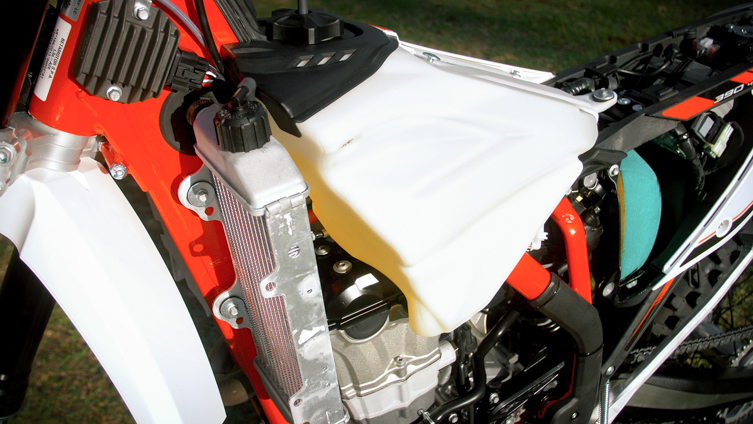
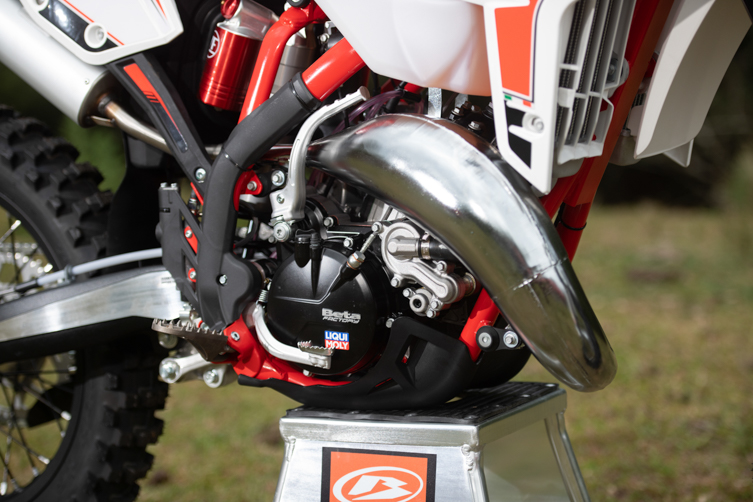
What is the bikes’ quality of finish like?
Good. Very good! The 2020 Betas might not have that super-precise, robot-constructed feel of a Honda or Yamaha motocrosser, or the metronomic component consistency of the KTMs and Huskys that roll off the Austrian production line these days. But they’re not far off. To the naked eye, the quality of finish on these 2020 Betas, from top to tail, is noticeable better than their Gas Gas and Sherco equivalents. In the past, new bikes not long out of the shipping container – especially the smaller boutique brands – were renowned for small, niggling problems. The Beta, however, bucks that trend. All eight bikes at the launch remained rock solid after we threw eight hours of snotty riding at them. No bent plastics or torn seat covers. No loose or lost bolts. No electrical gremlins or blown fuses. No intermittent starter-motor issues. And no spokes requiring re-tightening. Admittedly, we only tested the machines for a day. But not having one single issue with eight brand new bikes – all of them literally just run-in – is testament to their build quality and reliability.
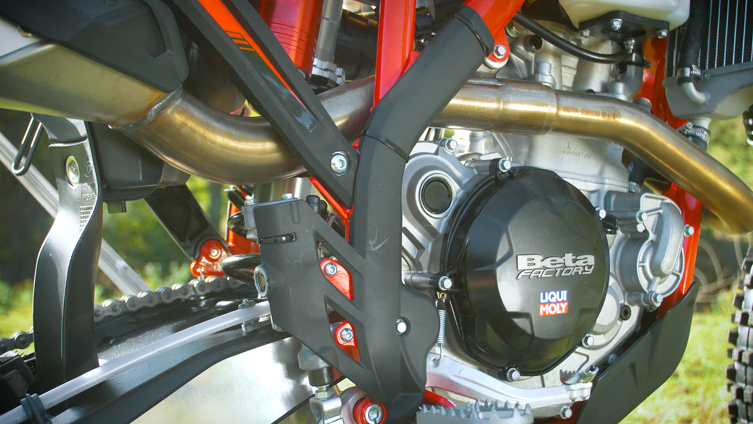
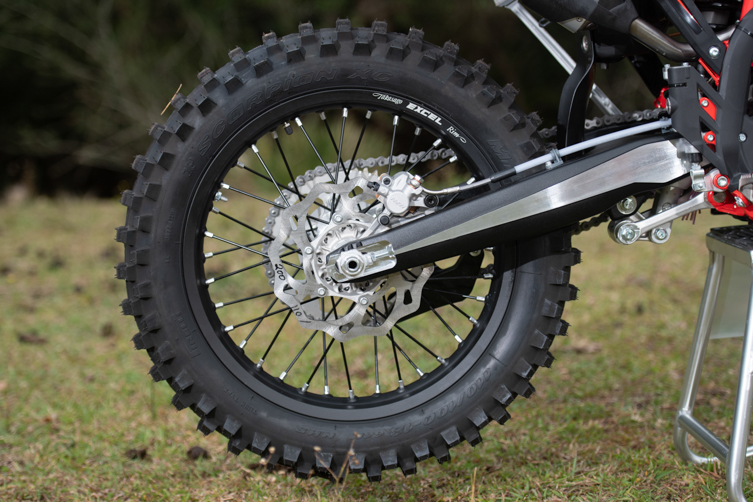
How does the Betas’ component spec compare with the other hard-nose enduro weapons coming out of Europe?
Pretty damn well. In addition to the factory-style silver-anodised billet triple clamps, magnesium clutch and ignition covers, and the matching black finish on the upper fork stanchions, swingarm, handlebars and master cylinders, the 2020 Betas all get: a practical translucent fuel tank; Brembo hydraulic clutch; Nissin brakes; Takasago Excel black-coated rims, oversize Reikon handlebars; rubber-mounted headlight and muffler mounts; tool-free seat removal (via a recessed button in the subframe); multi-function digital instrumentation; tool-free air filter access and replacement; quality alloy sidestand (with a new, bigger shoe for 2020); hard-plastic bashplate; extended frameguards; offset chain-adjuster blocks on the rear axle; excellent fastener commonality; and easy-access adjustments on its ZF Sachs fork (star clickers for compression and rebound, and external spring preload) and shock absorber (tool-free high-speed compression, plus conventional compression and rebound clickers). On top of that, there are a few other design elements that indicate just now much thought has gone into these machines. For example, there’s a moat-like channel around the base of the fuel cap to catch and redirect any spilt fuel away from your cods. The front guard uses variable thickness plastic to optimise flex and weight. The airbox and electrical components are now neatly incorporated into the three-piece ‘technopolimer’ subframe. The muffler and header pipe junction is now further forward, which makes shock removal easier. And they’ve even bothered to fit Beta-branded grips. That all paints a picture of a design team with purpose and direction and an eye for detail.
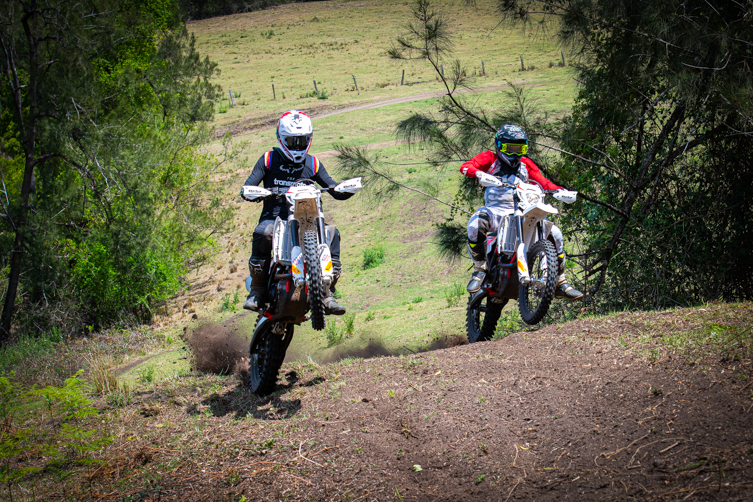
Is the suspension still holding back what have been, for several years now, otherwise exceptional enduro machines?
Since we first threw a leg over a Beta back in 2012 (which is when the brand started looking to ramp up its presence in Australia), its Sachs suspension has been the bikes’ only real shortcoming. It was compliant and fine for trailriding, but just didn’t cut the mustard when a faster and/or heavier rider got aggressive with it. Admittedly, we didn’t test the 2019 models, which came with what Beta claimed was a much-improved ZF fork and shock (ZF was pitched as Sachs’ top-spec components), but feedback from Beta owners and dealers suggested it wasn’t a whole lot better. All of which makes the improvement to the ZF suspension performance on the 2020 bikes really stand out. When pushed beyond cruisy trail speeds, gone is the tendency for the bikes to wallow and deflect and hobby-horse. The updated settings for 2020 give the chassis a much more balanced and poised feel, and the progressive action of both fork and shock lets you push much harder before they find their limits. From time to time at the launch, we felt the occasional spike from the fork on square-edge bumps and the odd rear-end kick over big downhill braking bumps, but the 2020 rolling chassis definitely delivers a significantly more forgiving and confidence-inspiring ride. Bear in mind also that the suspension components on these brand new bikes were still bedding-in during our test session, and that with eight bikes to test, we didn’t have the time to muck around with clicker adjustments too much. What we did find is that the two-stroke models (whose 4.2N/mm fork springs are three rates softer than the four-stroke models’ 4.8s) benefitted from a few extra turns of spring preload and compression clickers to hold the forks up in their stroke on the test loop’s fast, bumpy downhills.
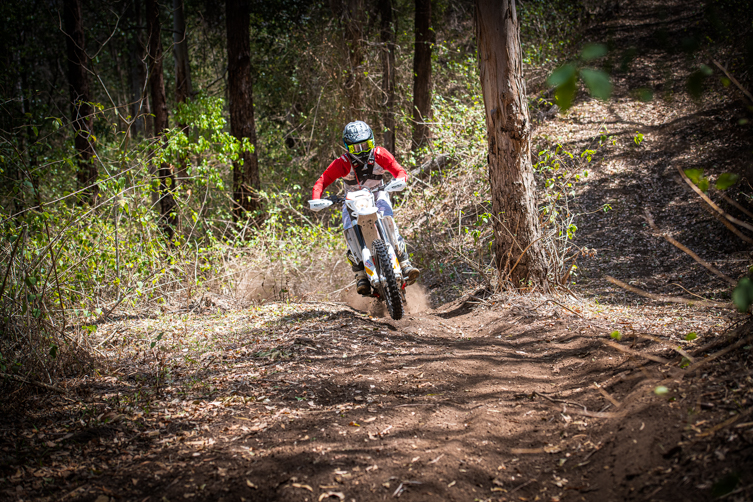
How good are the engines, and the way they get their power to the ground?
Right from the get-go in 2013, Beta’s 250 and 300cc two-stroke engines were standouts from a power and rideability point of view. Similarly, the four-strokes have been enormously torquey and tractable, even if they were down on throttle-response compared with their rivals. For 2020, the 125 gets more power, and with the counter-balancer fitted to the 250 and 300cc powerplants, they’re more refined and even easier to get their power to the ground. And the four four-stroke powerplants – while surprisingly different in their character to one another – all deliver a predictable, user-friendly, broad spread of power. That makes finding traction super-easy, and each comes with noticeably more throttle response than their predecessors. Probably the biggest standout across the 2020 range was how spot-on the fuelling was. With the renowned Synerject EFI system (with dual injectors) used on the four-strokes, the mapping on each and every model was impossible to fault. There were no hesitations or flat spots in the power, and no back-fires or annoying flameouts coming into corners; just crisp, responsive, predictable fuelling, no matter what the terrain or throttle application. Similarly, the Keihin PWK 36 carb-fed two-strokes felt perfectly jetted and super-responsive across their rev ranges.
Does the engine, chassis and suspension work in harmony on these 2020 models?
Yep. Of course, each model has its own personality, but it’s fair to say that all eight are fun and predictable to ride, which means you can hook in aboard the things for longer without them wearing you out. It’s no coincidence that not one of the bikes was crashed over the course of the launch (bearing in mind, the test loop was pretty challenging, and that journos typically aren’t the world’s fittest characters!). The combination of the seamless ergos, better-balanced chassis and much-improved suspension action gives you the sense that the bikes’ front and rear axles now speak each other’s language. All eight machines are quick steering and felt nimble to throw around in tight terrain. Whether tearing around fast off-camber sweepers or cranked over in tight ruts, the chassis squats evenly and remains settled, and this gives you the confidence to get on the gas early.
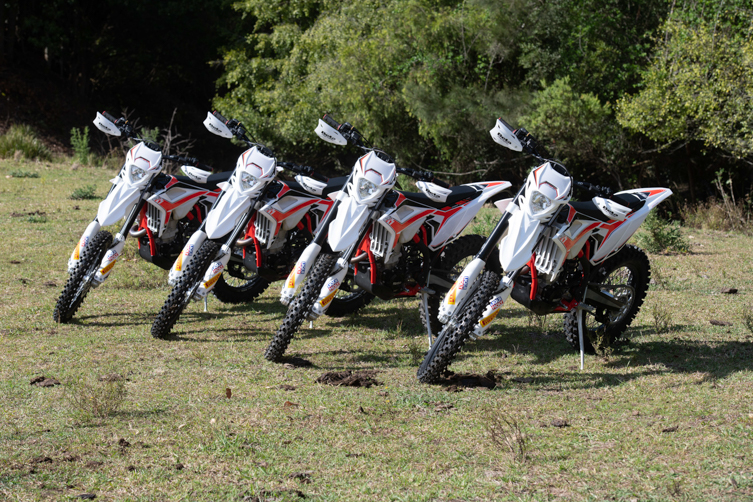
Is offering four four-stroke models overkill?
Having four models inside a narrow 130cc capacity window sure sounds crowded. But the reality is that all four DOHC donks actually have very different personalities, in terms of their power delivery and character. With the same 88mm piston as the 350, but a longer stroke, the RR390 is noticeable torqier and less revvy than the 350. The same analogy can be made with the 430 and 480 – though, interestingly, the 480 runs the same 60.8mm stroke as the 430, but a larger slug (a 100mm piston versus the 430’s 95mm). The 350/390 and 430/480 run slightly different primary ratios in their six-speed transmissions, while the final gearing also differs (the 350 and 390 use 14/50, while the 430 and 480 get a 14/49 sprocket combo – which is slightly shorter than their 14/48 predecessors, and suits these bigger-capacity machines perfectly).
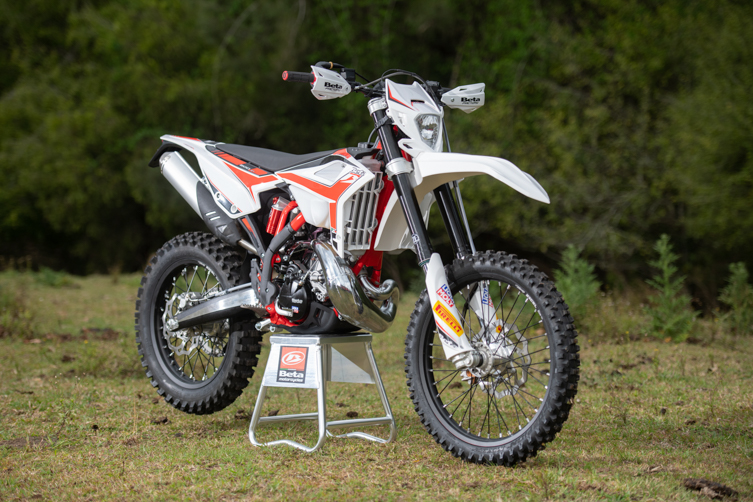
Which two-stroke model stands out?
Well, that depends on your weight and riding preference (and age), so let’s generalize. As perky and impressive and nimble as the much-updated little 125 is, it’s still an acquired ride that takes some getting used to. The 200 (only introduced to the range a year ago) has quickly proved very popular, and we can see why. It’s incredibly torquey for a 200, which makes it a lot of fun to ride, and it comes with oil injection and an electric start – two creature comforts that the 125 doesn’t have. And the RR250/300 – which have always delivered super-useable power – get the welcome addition of a counter-balancer (provision for which was actually designed into their engine cases in 2013), and that makes these powerful but user-friendly engines even more refined.
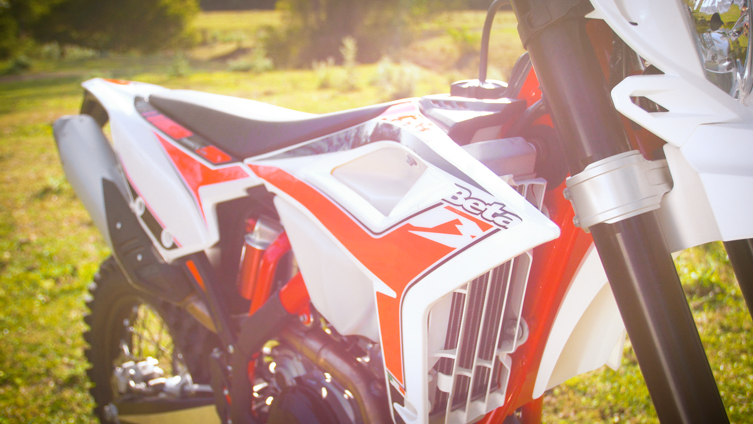
What didn’t we like about the 2020 Betas?
A few things. The new, super low-profile seat itself is reasonably comfortable. But with very little depth in its foam, there’s a limit to how big a hit it can absorb. And after several hours in the saddle, that can leave your arse a bit worse for wear. Hand guards don’t come on the bike, and the ones that were fitted for the launch (a $66.95 genuine accessory part) are pretty flimsy brush guard-style units. Like all Nissin brakes, there’s no OTF adjuster to alter the front lever’s reach while riding, and the rear brake doesn’t allow separate adjustment of freeplay and lever height. The minimalist bodywork does leave the muffler exposed, which can melt your nylons pretty easily. And the two-stroke models’ gear-shift lever takes some getting used to because it’s 20mm longer than the shifter used on the four-stroke models, and sits closer to the engine cases.
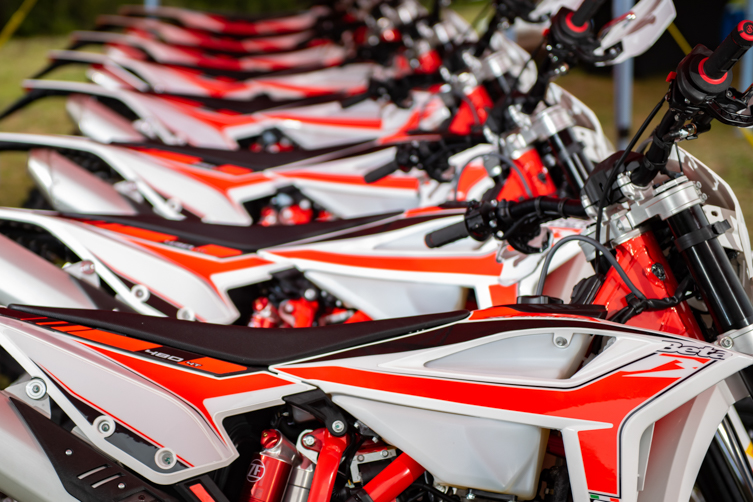
What about working on the bikes?
Well, “simplicity of maintenance” was one of Beta’s design goals for its 2020 bikes. As we only spent a day with the 2020 models, it’s difficult to speak about maintenance and servicing with too much conviction. But what we can say is that the bikes’ fastener commonality is excellent (an 8mm, 10mm and the odd 13mm is pretty much all you need for a great majority of maintenance/servicing/stripping). The new airbox and air filter set-up (which borrows heavily from the design KTM/Husky introduced in 2017) is tool-free and idiot-proof. It only takes three bolts to remove the fuel tank (and no bolts to remove the seat). The oil injection system that comes on all two-stroke models (except the 125) has proved very reliable, with the oil tank’s 650ml (up from 550ml in 2019) meaning you get can go through five or six full tanks of juice before having to refill the oil reservoir. And a greater majority of parts are interchangeable across the entire range, which will be music to dealers’ ears.
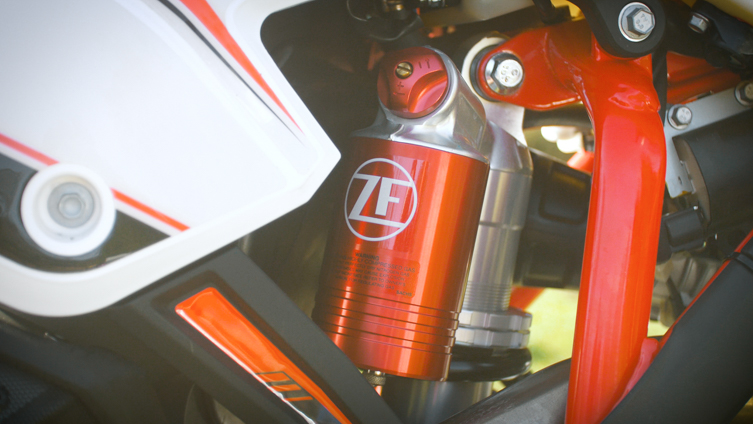
Are they 2020 Betas priced to sell?
The pricing that Beta’s distributors in Oz, Lowry Australia, recently announced indicates that there’s been a $500 to $700 increase across the range for 2020. Their RRPs remain comparable with Gas Gas and Sherco equivalents and, depending on the model, they’re between $300 and $1600 cheaper than their KTM counterparts, and $800 to $2300 cheaper than their Husqvarna counterparts. Which is a fair chunk of change. Viewed in that context, you’ve got to think that the Italian brand is intent on building its market share here in Australia.
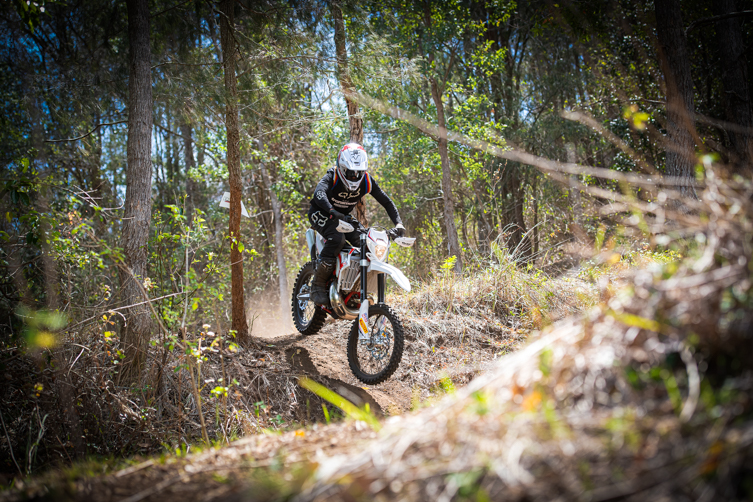
If Beta hasn’t been on your radar, should they be for 2020?
Absolutely. If you’re in the market for a new trail or enduro machine, these 2020 Betas are now right there in the game, at prices that will turn heads. But according to the small but passionate crew from Lowry Australia (who’ve been distributing Beta in Australia now for about 18 months now), it’s not just about the bikes’ price tags. It’s also about getting a premium service from their equally passionate dealers, and about supporting Beta’s ‘simplicity of maintenance’ mantra with spare parts prices that are significantly cheaper than their rivals. Beta runs plenty of demo days here in Australia, so get out there and sample them for yourself.
More on the 2020 Range

🎥 FIRST IMPRESSION: BETA’S 2020 RR RANGE
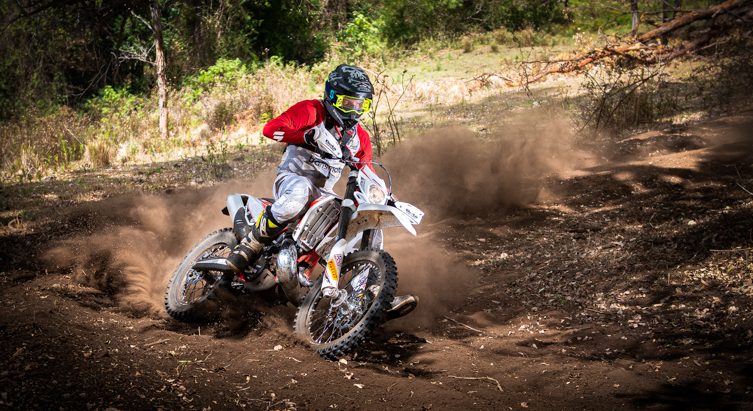
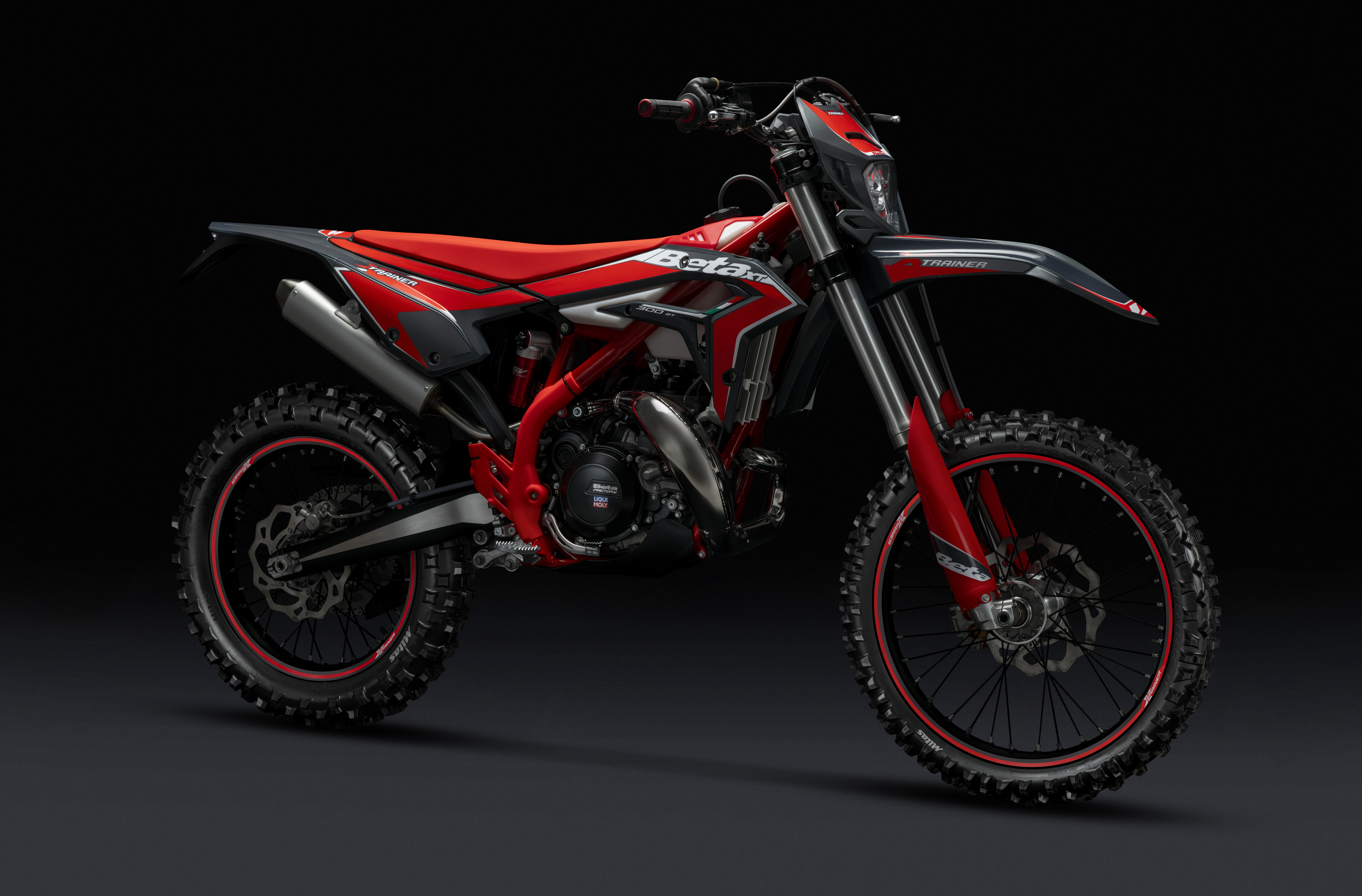
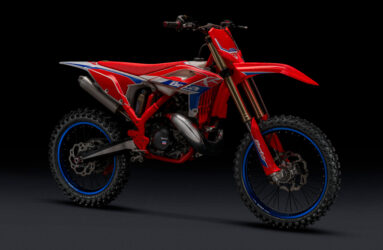
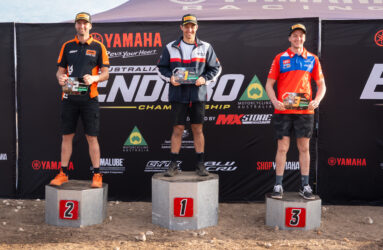
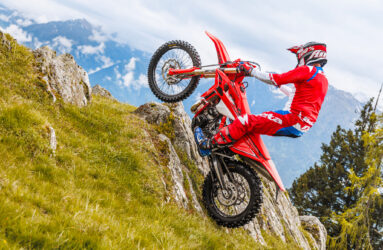

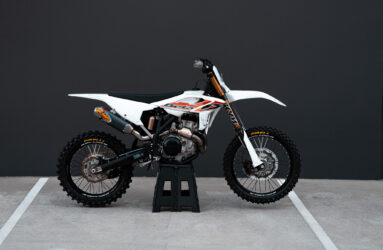

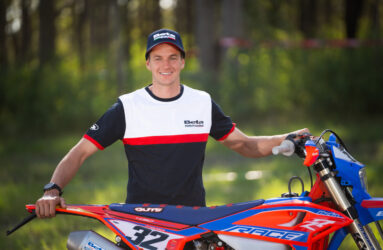
Be the first to comment...